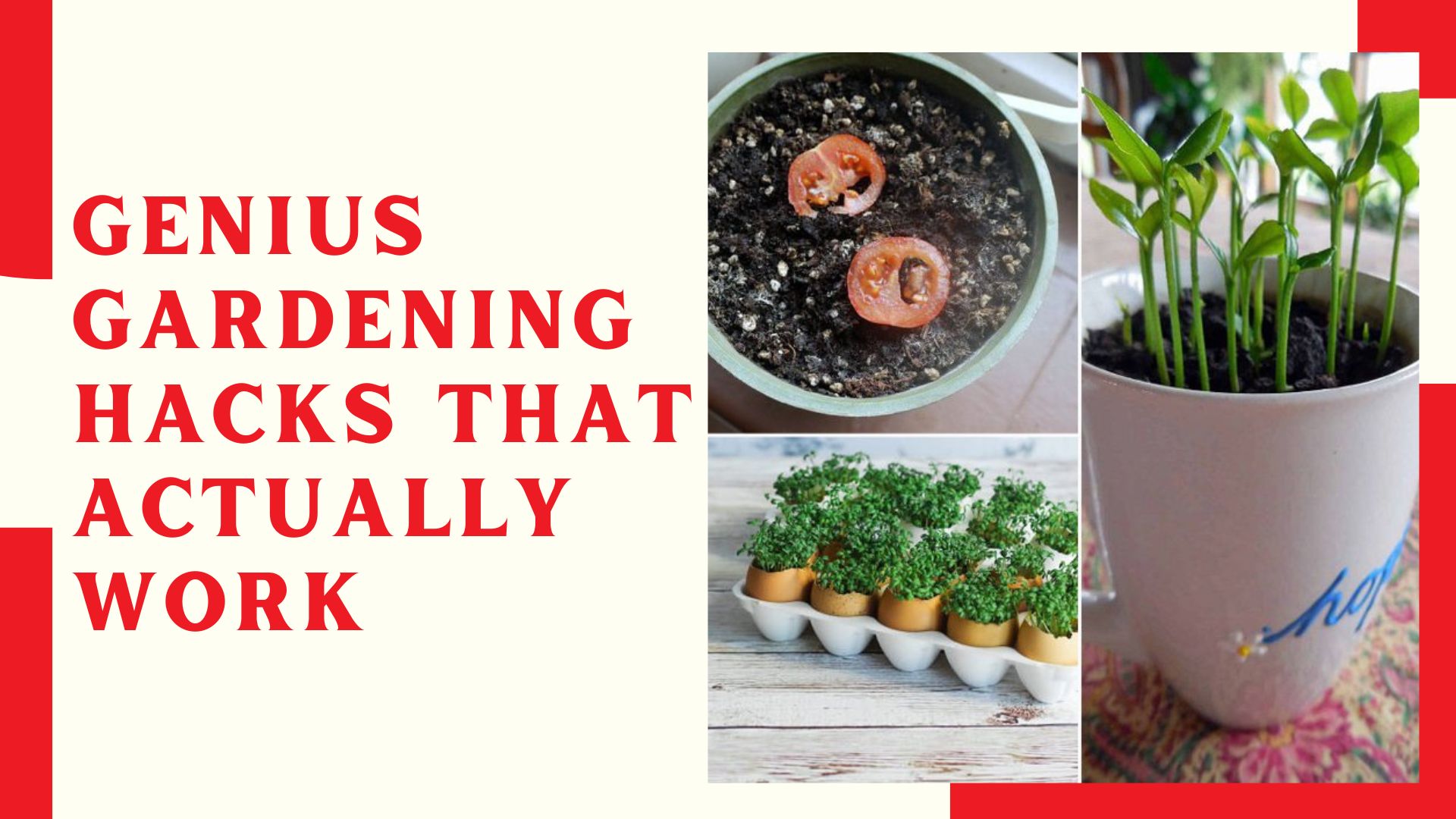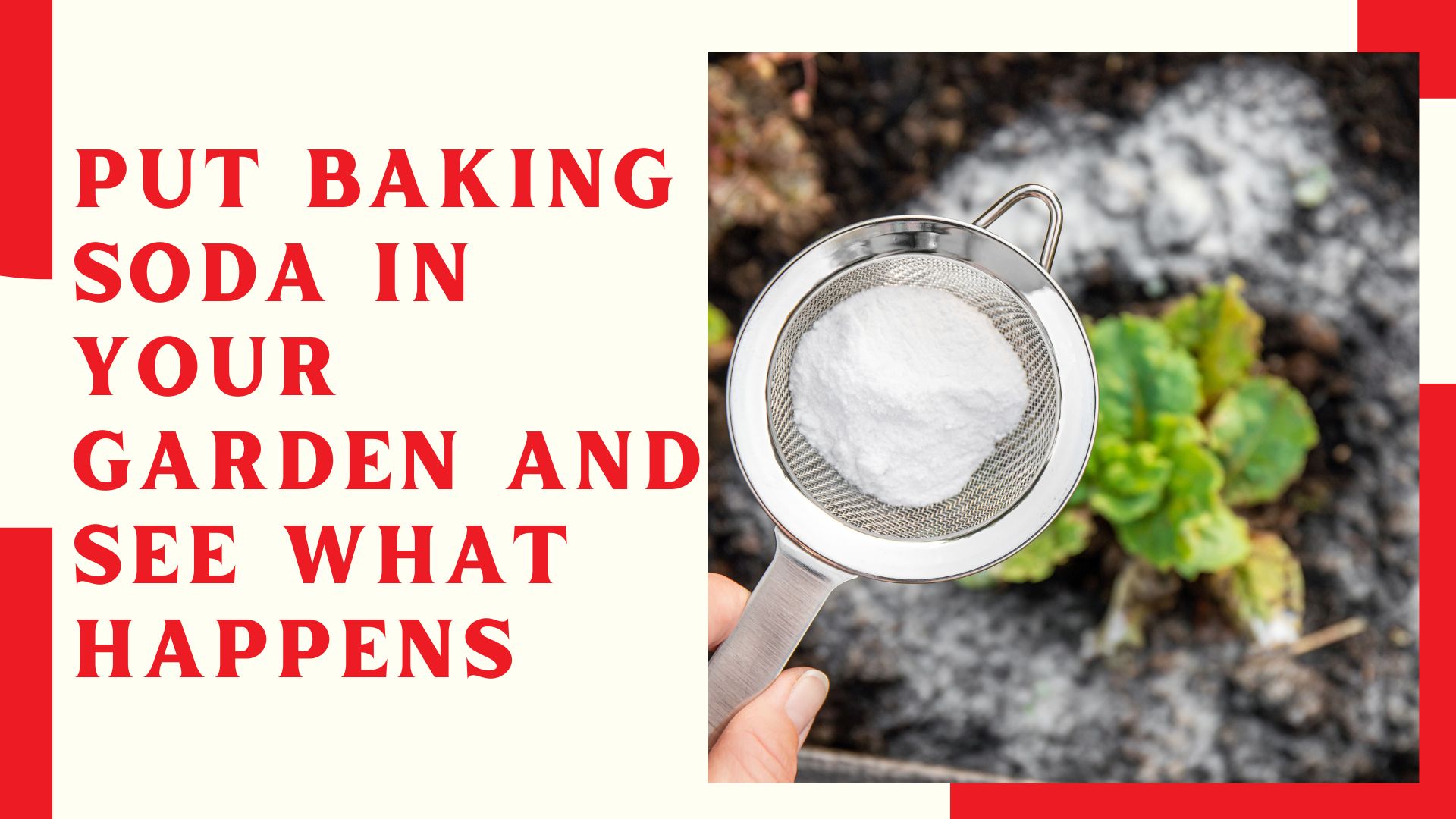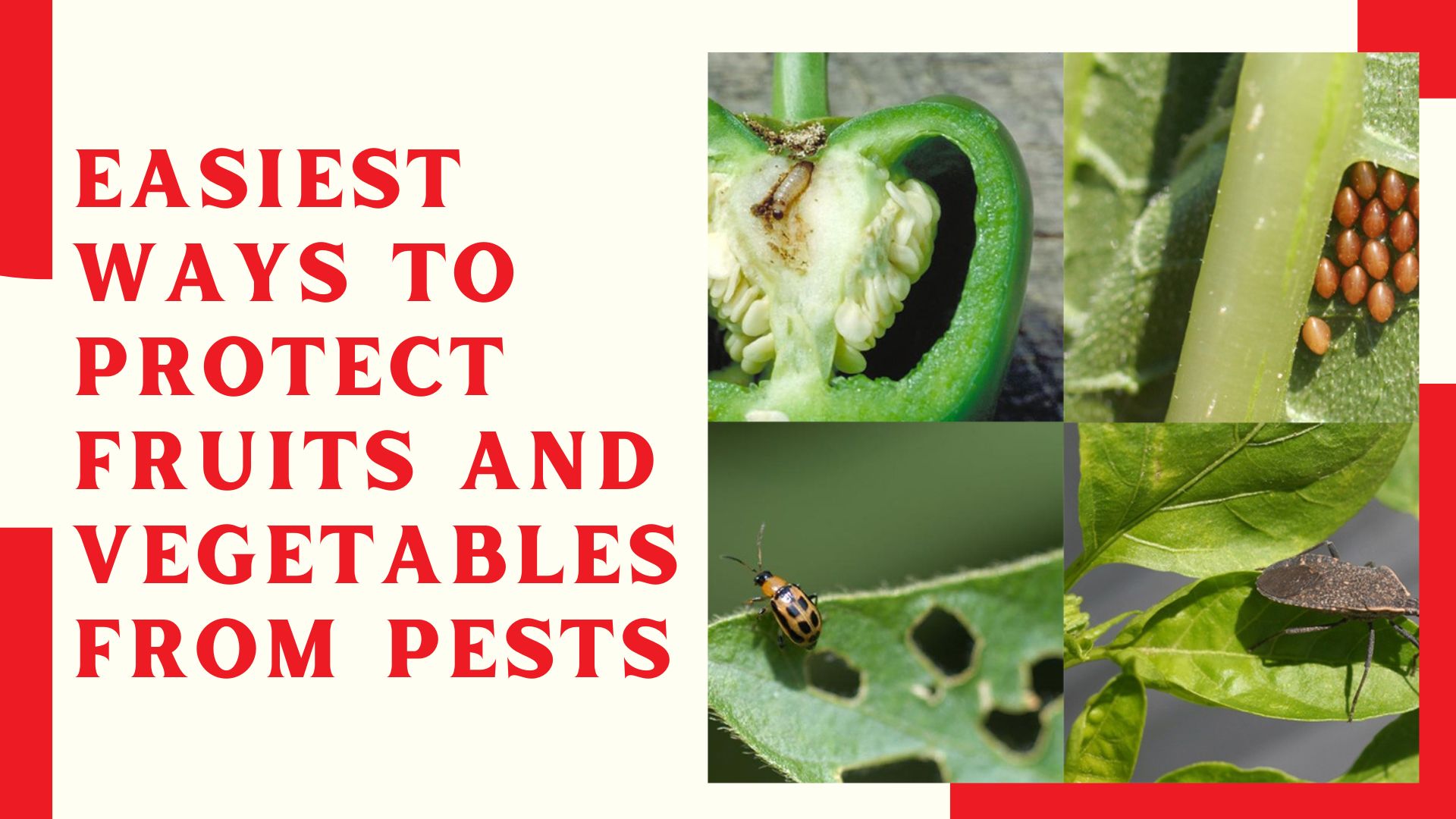Cucumbers are refreshing and versatile vegetables that are easy to grow at home, especially from seeds. Whether you have a garden plot or limited space for containers, you can enjoy a continuous harvest of crisp cucumbers throughout the growing season. Here's a step-by-step guide on how to grow cucumbers at home with seeds:
Selecting Cucumber Varieties:
There are two main types of cucumbers:
Choose a cucumber variety based on your preference for fresh eating or pickling. Additionally, consider the available space and whether you want to grow cucumbers vertically on trellises or allow them to sprawl on the ground.
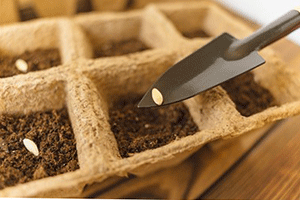
Starting Seeds Indoors:
Cucumber seeds can be planted indoors 3-4 weeks before your area's last expected frost date. Use seed-starting trays filled with seed-starting mix. Plant the seeds ½ -1 inch deep and and maintain the moist but not waterlogged. Provide warmth and light for germination, ensuring temperatures around 70-80°F.
Transplanting Seedlings:
When your seedlings have grown into true leaves, it's time to transfer them from their nursery containers into the garden or larger pots. But before you do that, it's important to harden them off. This means gradually exposing them to outdoor conditions over a period of time so they can adjust to the changes in temperature, humidity, sunlight, and wind. By doing this, you can prevent transplant shock and increase the chances of your seedlings thriving in their new environment.
Choosing a Growing Location:
Cucumbers thrive in warm, sunny locations with well-drained soil. Choose a spot that have at least 6-8 hours of sunlight daily. Ensure the soil has enough organic matter and has a pH level between 6.0 and 6.8 for optimal growth.
Providing Support:
Cucumber vines are vigorous growers and benefit from vertical support to keep the fruit off the ground and prevent diseases. Install trellises, stakes, or cages in the garden or use tall containers with stakes or cages for support.
Watering and Care:
To ensure a lush and thriving garden, always keep the soil moist
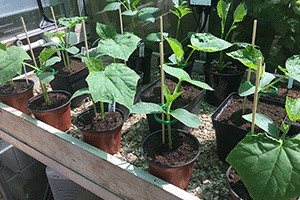
Especially during those scorching summer days! Water at the base of plants to prevent damp foliage and pesky fungal diseases. And don't forget to mulch - it's a fantastic way to keep your soil moist and weed-free. Happy gardening!
Fertilizing:
Cucumbers are heavy feeders and need regular fertilization for healthy growth and fruit production. provide a balanced fertilizer or compost tea every 3-4 weeks during the growing season. Additionally, side-dress the plants with compost or aged manure to provide additional nutrients.
Pest and Disease Management:
Monitor the cucumber plants regularly for signs of pests such as cucumber beetles, aphids, or powdery mildew. Handpick pests when possible, and treat infestations with insecticidal soap or neem oil as needed. Practice crop rotation and good garden hygiene to prevent the spread of diseases.
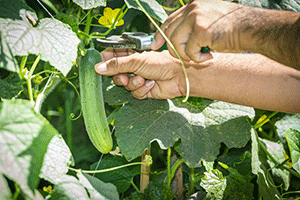
Harvesting:
You can harvest the cucumbers when they get your desired size and color, typically 50-70 days after planting. You can use sharp scissors to cut the cucumbers from the vines, taking care not to damage the plants. Harvest regularly to encourage continuous production.
Conclusion:
Growing cucumbers at home from seeds is a amazing experience that allows you to enjoy fresh, homegrown produce throughout the summer months. By following these planting, care, and harvesting guidelines, you can cultivate healthy cucumber plants and savor the crisp, flavorful fruit in salads, sandwiches, and pickles.

